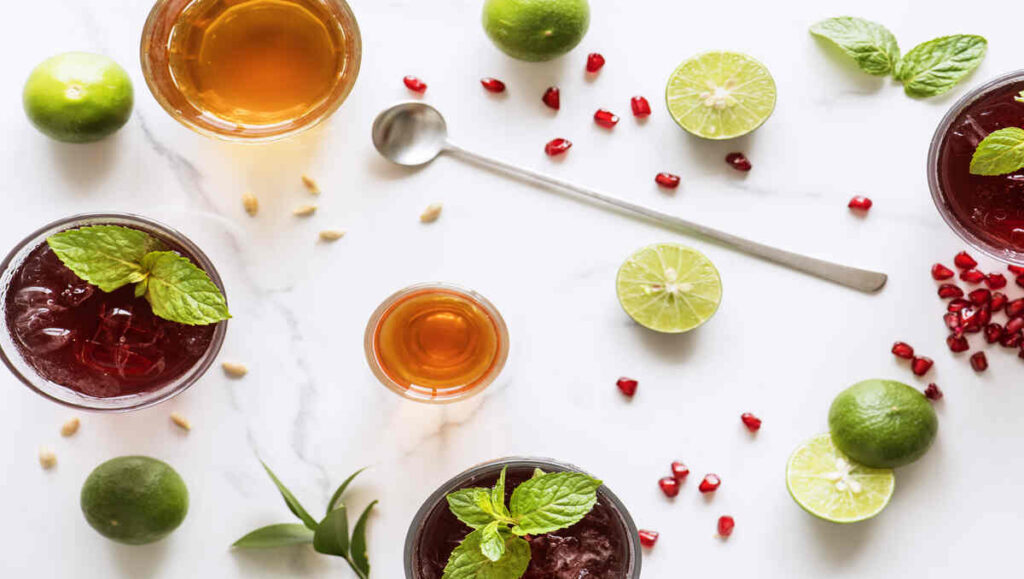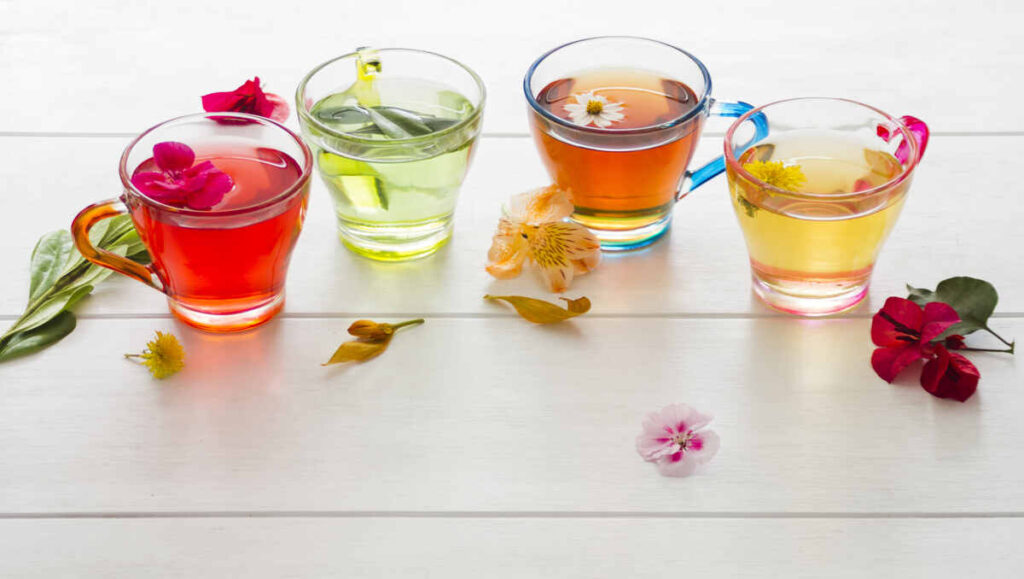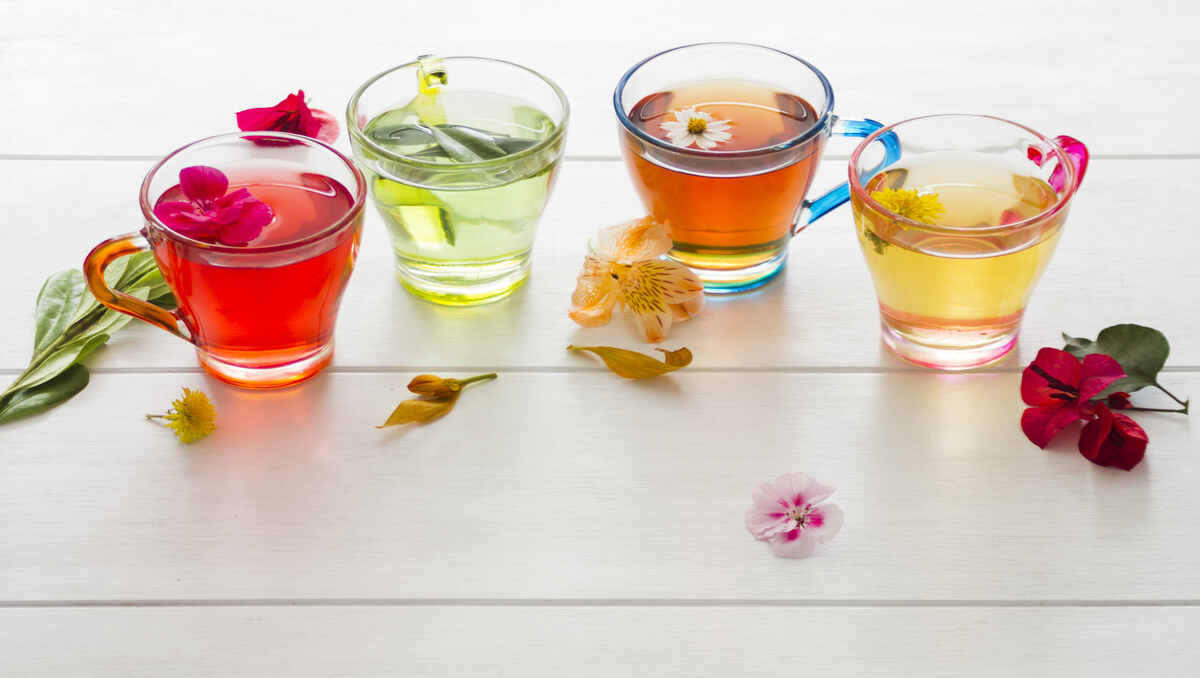Introduction
Herbal cordials have been enjoyed for centuries as flavorful and health-boosting beverages. Whether used as a remedy for ailments or simply sipped for enjoyment, these delicious concoctions blend the goodness of herbs with the sweetness of natural sweeteners.
In this article, we’ll explore everything you need to know about How to Make Herbal Cordial. From their origins to a step-by-step guide on making your own, we’ll also cover the best ways to serve them and their health benefits. Whether you’re a herbal enthusiast or just curious about making a homemade herbal cordial, this guide will help you master the art.

What is an Herbal Cordial?
An herbal cordial is a concentrated syrup made by infusing herbs in a mixture of sugar (or honey) and alcohol (or water). This mixture is then strained and bottled, creating a delicious and versatile drink that can be consumed on its own or mixed into cocktails and mocktails.
Herbal cordials are different from tinctures and herbal teas. While teas are brewed and consumed hot, cordials are preserved in liquid form for longer use. Tinctures, on the other hand, are more medicinal and often made with strong alcohol, whereas cordials are usually sweet and enjoyable as a beverage.
The Origins of Herbal Cordials
Herbal cordials have a rich history dating back to ancient civilizations.
- Ancient Egypt & Rome: Herbal infusions were often used for medicinal and culinary purposes. Egyptians infused herbs like chamomile and mint in honey for healing.
- Medieval Europe: Herbal cordials became popular in monasteries, where monks used them as remedies for common ailments.
- Victorian Era: Cordials became more widespread, often enjoyed as non-alcoholic refreshments or turned into cocktails.
Today, herbal cordials continue to be cherished, not only for their flavors but also for their natural health benefits.
Ingredients for Homemade Herbal Cordial
The beauty of herbal cordials is their flexibility—you can use various herbs, spices, and sweeteners based on your taste and health preferences.
Basic Ingredients:
- Fresh or dried herbs – Popular choices include mint, chamomile, elderflower, lavender, lemon balm, or rosemary.
- Sweetener – Honey, sugar, or maple syrup (to balance the herbal flavors).
- Citrus – Lemon or orange juice for a fresh zing.
- Alcohol (optional) – Brandy, vodka, or rum for preservation and added depth of flavor.
- Water – If making a non-alcoholic version, water is used as the base.
Optional Additions:
- Spices like cinnamon, ginger, or gloves for warmth.
- Vanilla extract for extra aroma.
- Berries for a fruity twist.
Essential Equipment
Before you start, gather these kitchen essentials:
- A saucepan (for simmering ingredients).
- A fine mesh strainer or cheesecloth (to filter out solids).
- A glass bottle or jar (for storing the cordial).
- Measuring cups and spoons.
- A wooden spoon (for stirring).
Step-by-Step Guide to Making Herbal Cordial
Follow these simple steps to make your own herbal cordial at home:
Step 1: Choose Your Herbs
Select fresh or dried herbs depending on the flavors and benefits you want. For example:
- Mint for digestion and a refreshing taste.
- Elderflower for immune support and floral notes.
- Lemon balm for relaxation and mild citrus aroma.
Step 2: Prepare the Ingredients
- Wash fresh herbs thoroughly.
- Slice any citrus fruits you’re using.
- Measure the sweetener and alcohol (if using).
Step 3: Make the Herbal Infusion
- In a saucepan, combine herbs, water, and citrus slices.
- Bring to a gentle simmer and let it steep for 20-30 minutes.
- If using alcohol, let the herbs soak in it separately for a few hours.
Step 4: Strain the Mixture
- Use a fine mesh strainer or cheesecloth to separate the liquid from the herbs.
- Press the herbs gently to extract all the flavors.
Step 5: Add Sweetener
- Stir in honey or sugar while the mixture is still warm.
- Adjust sweetness according to taste.
Step 6: Bottle and Store
- Pour the cordial into a sterilized glass bottle or jar.
- Store in the refrigerator for up to 2 weeks (or longer if alcohol is added).
Health Benefits of How to Make Herbal Cordial
How to Make Herbal Cordial are more than just tasty—they offer a variety of health benefits depending on the herbs used:
- Boosts Immunity: Herbs like elderberry and ginger help strengthen the immune system.
- Aids Digestion: Mint and chamomile promote healthy digestion.
- Reduces Stress: Lavender and lemon balm have calming properties.
- Supports Respiratory Health: Thyme and eucalyptus help clear congestion.
Additional Tips for the Best Herbal Cordial
- Experiment with flavors – Mix different herbs for unique tastes.
- Use high-quality ingredients – Fresh herbs and organic sweeteners yield the best results.
- Label your bottles – Keep track of the date and ingredients used.
Best Ways to Serve Herbal Cordial
Herbal cordials are versatile! Here’s how you can enjoy them:
- On their own – Sipped straight or diluted with water.
- In cocktails & mocktails – Mix with sparkling water, gin, or rum.
- Drizzled over desserts – Use as a topping for ice cream or cakes.
- In hot teas – Add to warm water for a comforting drink.
Nutritional Information
| Nutrient | Amount (per 1 tbsp) |
| Calories | 40 kcal |
| Sugar | 10g |
| Vitamin C | 5mg |
| Antioxidants | High |

Note: Values vary based on ingredients used.
Preparation and Cooking Time
- Prep Time: 10 minutes
- Cook Time: 30 minutes
- Total Time: 40 minutes
Conclusion
How to Make Herbal Cordial is a rewarding experience. Not only do you get to enjoy a refreshing and healthy drink, but you also have full control over the ingredients and flavors. Whether you sip it straight, mix it in cocktails, or use it in desserts, herbal cordials bring a delightful touch to any occasion.
Try experimenting with different herbs and share your unique cordial creations!
FAQs
1. Can I make herbal cordial without alcohol?
Yes! Simply replace the alcohol with water or apple cider vinegar for a non-alcoholic version.
2. How long does homemade herbal cordial last?
If refrigerated, non-alcoholic cordials last up to 2 weeks. Alcohol-based cordials can last for months.
3. What are the best herbs for herbal cordials?
Mint, lavender, elderflower, lemon balm, and chamomile are great choices.
4. Can I use dried herbs instead of fresh ones?
Absolutely! Just use half the amount since dried herbs are more concentrated.
5. Is herbal cordial good for kids?
Yes, as long as it’s alcohol-free and made with kid-friendly herbs like chamomile or mint.
Enjoy your homemade herbal cordial and don’t forget to experiment with flavors!
